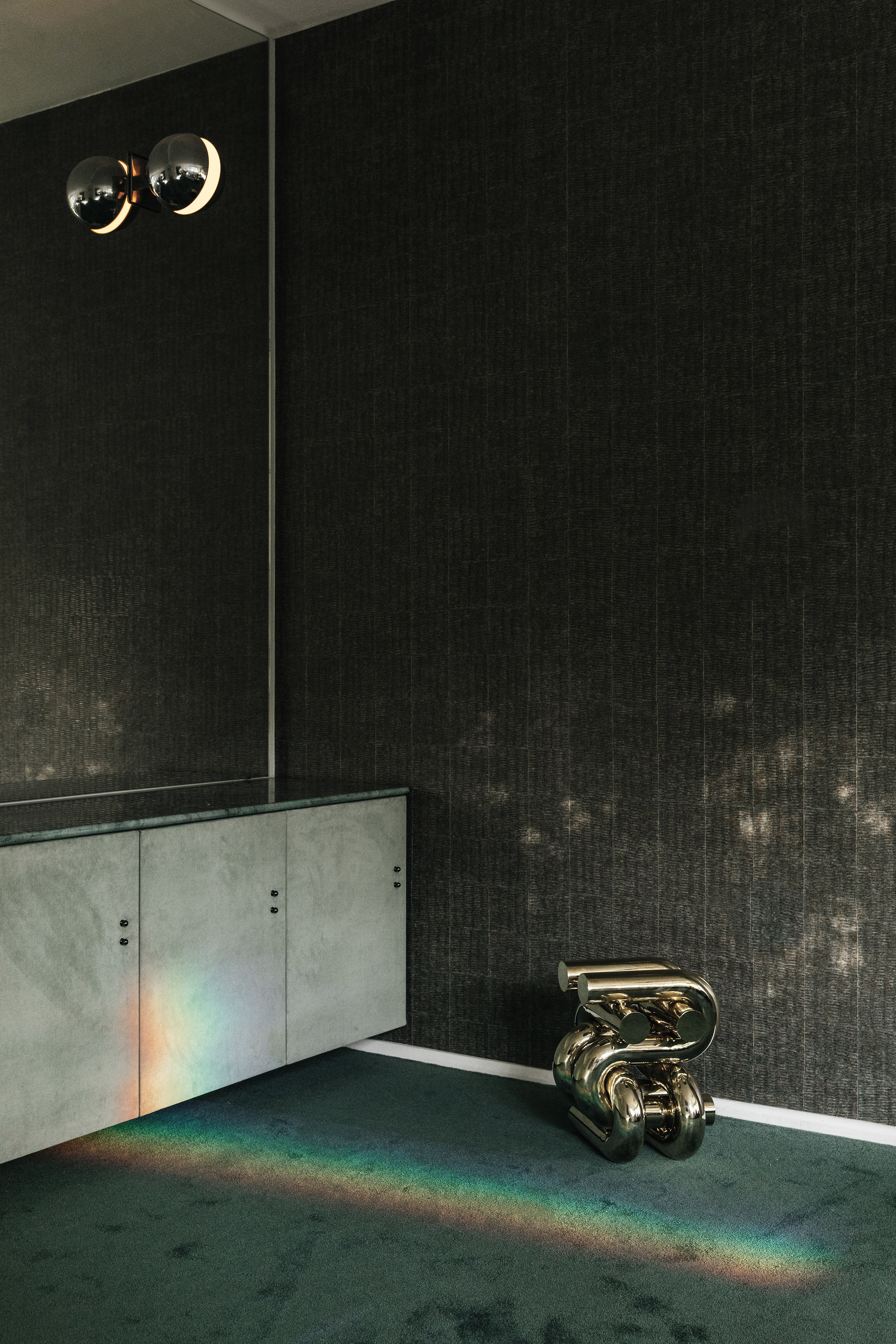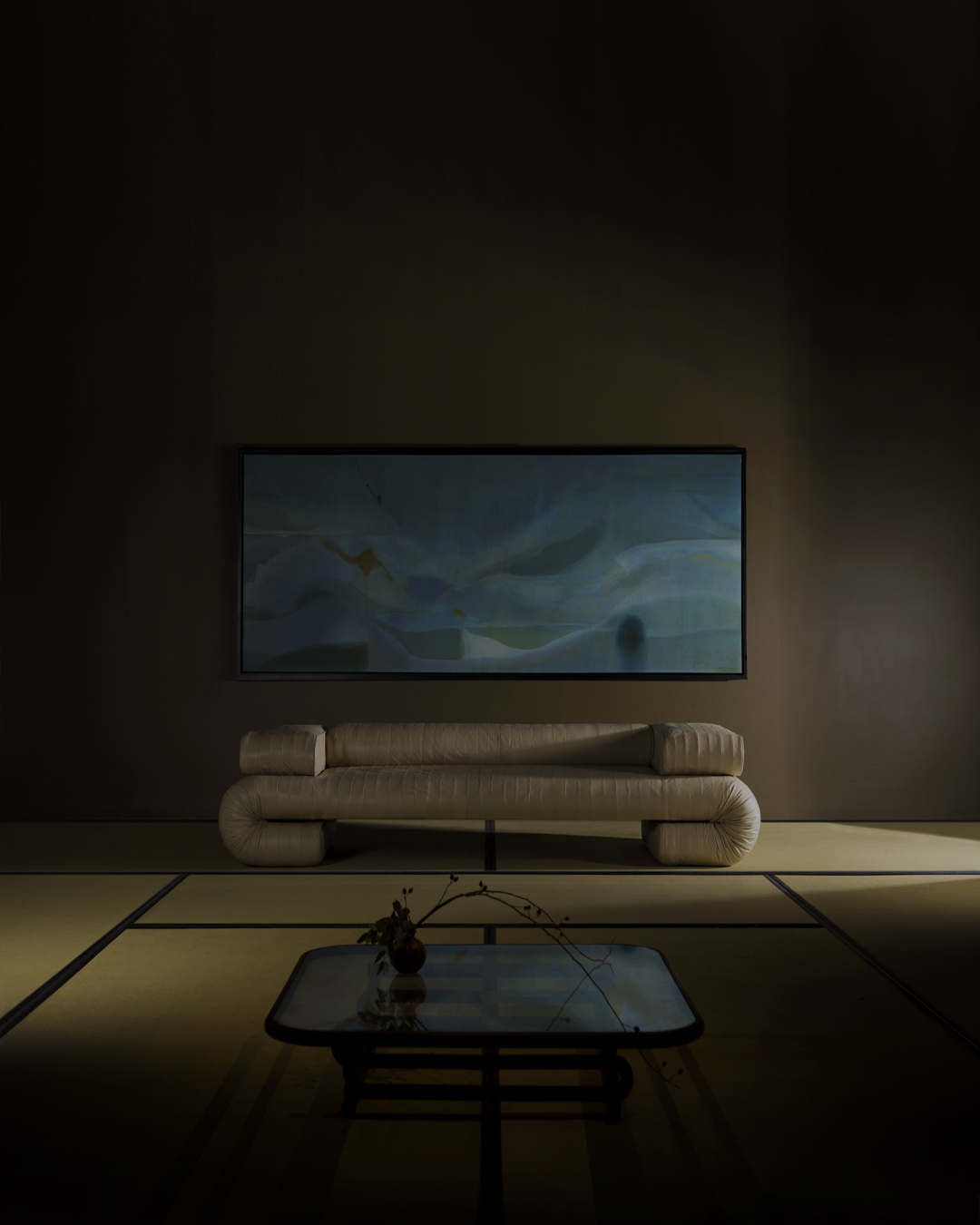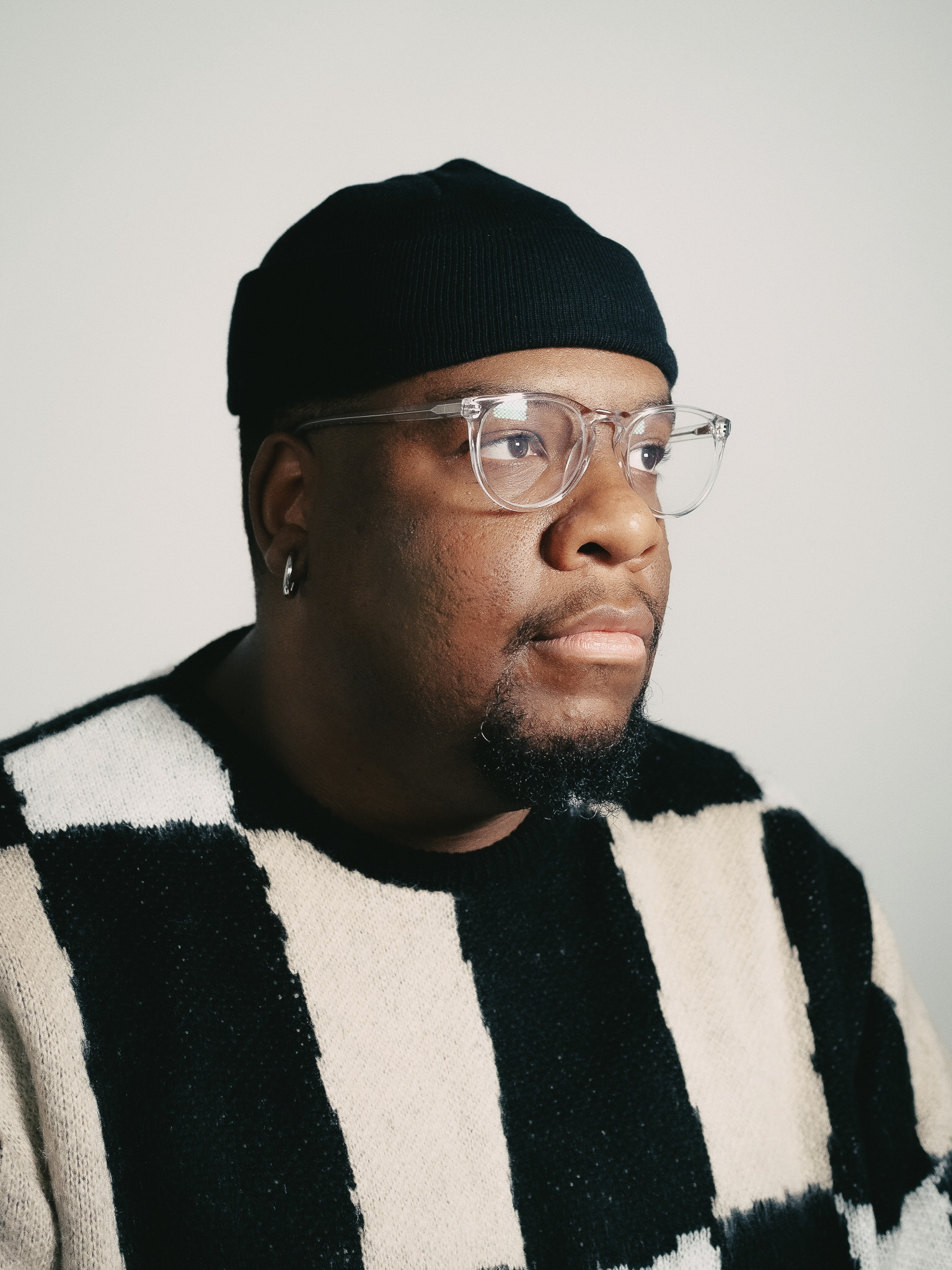

Mark Grattan is the conceptual, Mexico City based furniture designer that you should all be paying attention to. As the founder of artisanal design studio, vidivixi, Grattan is helping to push the furniture and design industries forward with his thought provoking, holistic designs. His design aesthetic takes cues from Art Deco, French Modernism and organic shapes found in nature, all coming together to create designs that are fresh and distinctively Mark Grattan. His forward thinking, visceral designs garnered him attention as a contestant on Ellen’s Next Great Designer, scoring him the title win. Fresh off that win and with the announcement of joining Solange’s Saint Heron team as the Product Development Consultant, Mark is set to take over the design industry full force. He is the present and the future!
Grazia got the chance to speak one on one with Grattan all about his sources of inspiration, his role at Saint Heron, his ultimate dream project and about what’s next for the design disrupter.
GRAZIA: How did your love affair with furniture and design officially began? Like what sparked that?
MARK: My love affair for design, aesthetics and art—I got it all from my father. He was the creative in my family. My parents were very supportive of my creative endeavors, always supporting me in doing what it is that I was passionate about. They would always say, “If you can follow through with it, if you can maintain your passion, if you can pursue your passion—do it. Don’t give up.” And that was my passion, like it wasn’t about like, “oh you’re an artist, but like, you need a more realistic passion”. It was very supportive in the sense, like you are allowed to be a creative, you are allowed to be a dreamer. No bounds!
I love that! You know, especially, growing up Black, systematically, we don’t always get told to be our creative, free selves. So I love to hear that, especially coming from Black queer people that you grew up with that support.
Exactly! My mother was an academic school teacher, so it could have been a bit contradictory for her to say that, but she always believed in me following my dreams. She taught in the inner-city, so I think even although she was a teacher, she was always teaching or coaching people in terms of like pursuing their dreams. She saw that a lot of these kids didn’t think they had the potential or they didn’t think they had, you know the opportunities, so she believed in them.

I know that you’ve said representation is important for you to show little Black boys that a career in the design industry is possible. Could you touch on that a bit more?
Like, this was not an intent. It was very organic but then something happened. I don’t know what it was. Maybe it was my growth as a designer, maybe it was becoming more confident as a designer, maybe knowing that like, finally I’m getting the recognition I deserve as a designer that allowed me to be more outspoken—or be confident about being outspoken. My first sort of vehicle doing that was with my ‘split mirror’ campaign, which was photographed before the BLM protests and the whole revolution of last March. It was just a coincidence that I had shot this mirror campaign with a conversation with myself about being a Black queer designer. That was the perfect opportunity. It was weirdly aligned that the universe put me in a position to talk about it at this moment. I’m channeling my mother again. She was an activist in her own way that championed for young Black kids. Because I’m becoming more and more prominent in this industry, I feel more responsible. I never had this responsibility.
With this responsibility, I think that you’re doing the work to show what’s possible while also holding the design industry accountable. There needs to be more Black and Brown people that look like us, in the industry.
For sure! They do and I don’t know why we’re not like for instance, fashion. Like there’s been a huge push for more diversity in fashion. There is a bit of diversity in music, within the contemporary art world, and in various other creative fields—there seems to be significantly more diversity than in the design and furniture world. I’ve had a lot of conversations with a lot of people about this and nobody seems to understand why. But it is time for change.


On the show—Ellen’s Next Great Designer—your designs tend to come from this empathetic, emotional, visceral like space. Is that how your design process starts? Is it always linked to emotion?
Yeah, I’m emotional (laughs.) It all starts with a mood. You know, it’s typically one sort of material, or one sort of color combination. I’ll maybe start with one piece and then curate off the feel of that one piece. In my process, that one piece can create the textures and materiality, the color palette and inform how the piece/space is photographed. It’s all very organic, you know? It’s not something that I can organize in one sitting. It’s a lot of back and forth, it’s a lot of storytelling. I think what’s different about my work is that I can’t really find comfort in photographing it behind a white screen or white wall is because I can’t fully tell the story. It’s all about the story! I can’t give you context, I can’t give you sort of the foundation in which these pieces were derived. I need all of the mediums— I need the scent, I need to know how it feels to the touch, I need the visual—I need all of the senses activated to sort of tell the story because I don’t think the object alone can do that.
Where do you draw your inspirations from for your design aesthetic? From art movements, furniture periods, nature—Where do you get the bulk of your inspiration from?
The bulk of my inspiration comes from things that aren’t current. Things that aren’t trendy, things that are old, things that are antique, things that have depth, character and tactility. I don’t like trendy things. I don’t like gimmicks. I don’t like cliche. I’m not looking for a punch line, you know? I’m just looking for timelessness.

If I budget was no issue, what would be your dream project?
If budget wasn’t in the picture, I would love to design my own house. I can’t tell you exactly how it would look right now because you know me, I have to feel it. [laughs] My ultimate dream project is focusing on my own personal projects. I think the reason my work looks the way it does is because I’m designing from an insular place. I’m not designing for anybody else, I’m designing it for me. Like, I’m not designing, thinking about the potential sale that it’s going to have, I’m not designing it thinking about who’s gonna like it. I just think designing my own house would be an organic process.

You recently joined Saint Heron, as the Product Development Consultant. Can you tell me a little bit about that experience? I know you’ve said that this was your first time working amongst a team of people of color? How does that feel?
It feels exciting. With working with Saint Heron, I didn’t even realize what this feeling was until it was happening. Working in this field, it was just so normal to never see Black and Brown people. It’s a blessing! I feel grateful, I feel so empowered, I feel so seen. You know, I’ve never worked with an all BIPOC team before. I’m like “what the f*%k ” like, I’m almost 40 and I can’t believe this is the first time I’ve worked with a team exclusively of BIPOC creatives.
How’s it feel to call Solange your boss?
Solange—she’s an incredible visionary and it’s really so much fun working with her. She understands the design process and that’s something, as a designer myself, I can really appreciate. It’s not a hobby for her, like creating these beautiful objects, she takes seriously. It’s not like, “Oh, I want to make a table but I want it to be done in three weeks because I just want it”. No she understands the production process as well as you know, the spiritual process of creating.
What’s next for you?
I want to be more even more expressive you know? I want to explore my aesthetic further and push myself creatively. I want to listen to that and grow as an artist.














